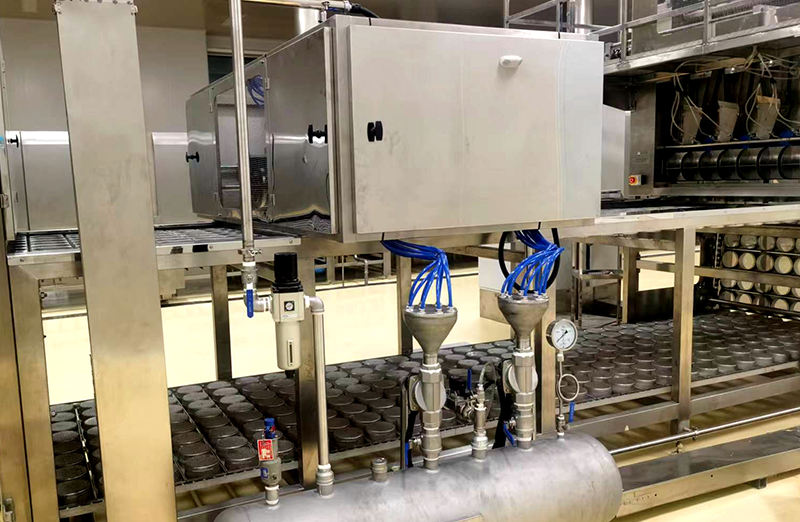To assess the energy efficiency of the non-fried noodle machine compared to traditional noodle-making methods, need to consider several factors:
Power Consumption Analysis: Deploy cutting-edge power monitoring systems equipped with smart sensors and IoT capabilities to capture real-time data on the non-fried noodle machine's power consumption. Employ advanced data analytics techniques, including machine learning algorithms, to uncover hidden patterns and trends within the energy usage data. Conduct a detailed breakdown of energy consumption by specific machine components and operational phases, allowing for targeted optimization efforts.
Efficiency of Heating Elements Evaluation: Utilize state-of-the-art thermal imaging cameras with high spatial resolution and temperature sensitivity to conduct a comprehensive analysis of the non-fried noodle machine's heating elements. Implement advanced materials science techniques, such as nanotechnology and advanced coatings, to enhance the thermal efficiency of heating elements and minimize heat loss. Leverage advanced control algorithms and feedback mechanisms to optimize heat distribution and minimize energy wastage during the noodle-making process.
Insulation and Heat Retention Examination: Employ sophisticated thermal conductivity testing equipment capable of measuring thermal properties with high precision and accuracy. Conduct detailed analysis of the non-fried noodle machine's insulation materials, including thermal conductivity, thermal resistance, and heat capacity. Utilize finite element analysis (FEA) simulations to model heat transfer through various insulation configurations and optimize insulation design for maximum heat retention. Implement advanced heat recovery systems to capture and reuse waste heat generated during the noodle-making process, further enhancing energy efficiency and reducing environmental impact.
Process Optimization Assessment: Develop complex mathematical models and optimization algorithms to simulate and optimize the non-fried noodle machine's operational workflow. Utilize discrete event simulation (DES) techniques to model the entire noodle-making process in a virtual environment and identify opportunities for efficiency improvements. Implement predictive maintenance algorithms to proactively identify and address potential energy inefficiencies and equipment failures before they occur. Integrate machine learning algorithms into the machine's control systems to adaptively adjust process parameters in real-time based on environmental conditions, ingredient properties, and product quality requirements. Leverage advanced scheduling algorithms and production planning tools to optimize production schedules and minimize energy consumption during idle periods.
Environmental Impact Consideration: Conduct a comprehensive life cycle assessment (LCA) to evaluate the non-fried noodle machine's environmental impact across all stages of its life cycle, from raw material extraction and manufacturing to use and disposal. Utilize advanced environmental impact modeling techniques, such as input-output analysis and environmental footprinting, to quantify the machine's carbon footprint, water footprint, and other environmental indicators. Implement scenario analysis and sensitivity testing to assess the potential impact of uncertainty and variability in key input parameters on environmental impact assessments.
NON-FRIED INSTANT NOODLE PRODUCTION LINE
 2024.04.08
2024.04.08
 Industry News
Industry News
